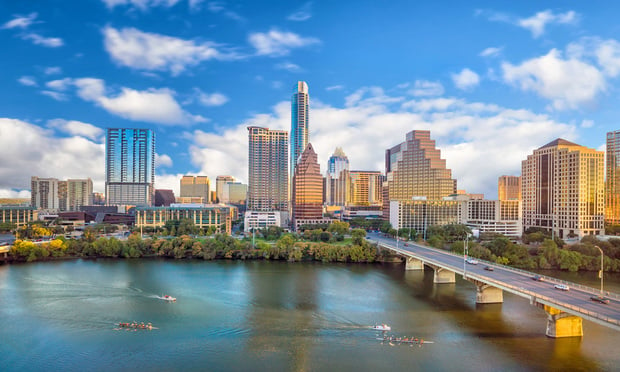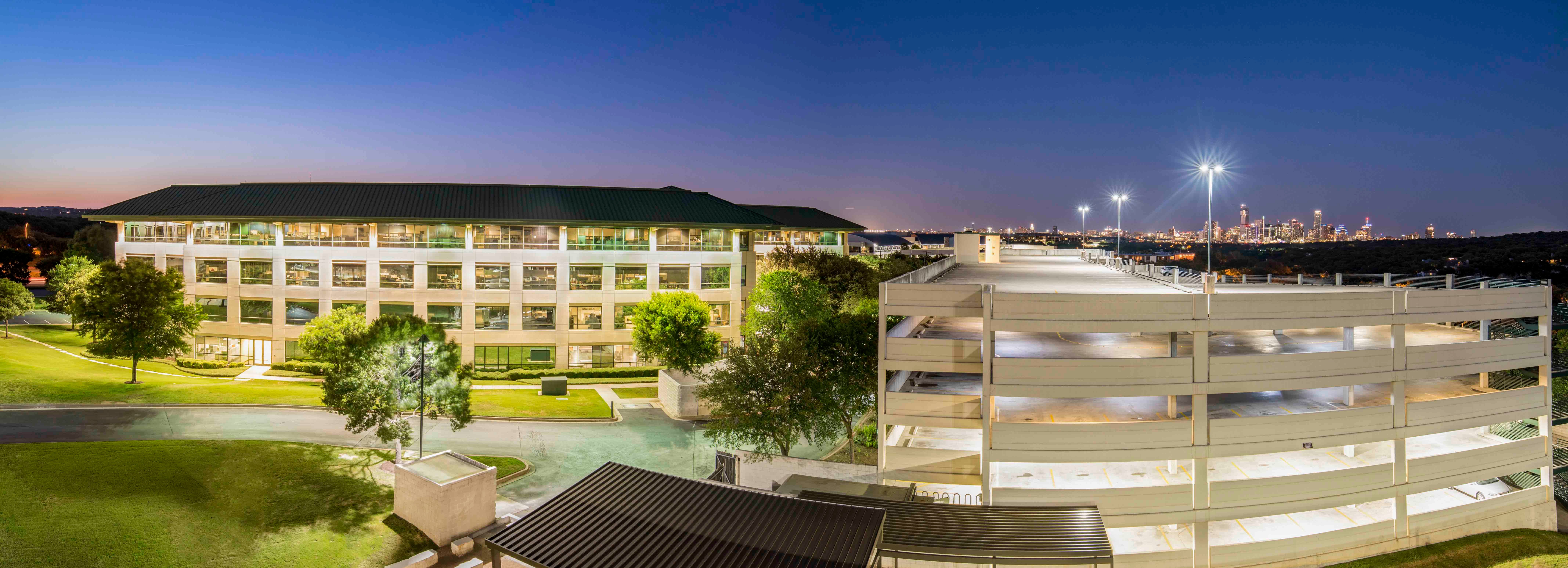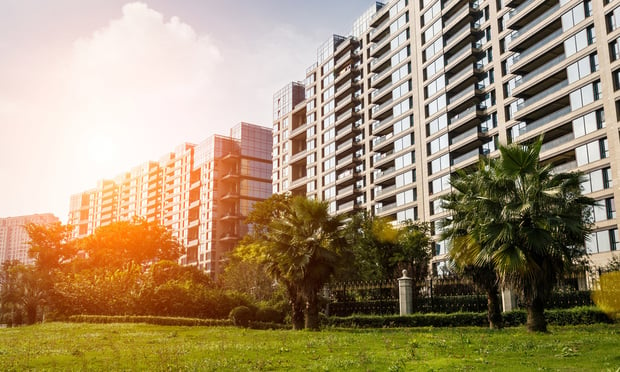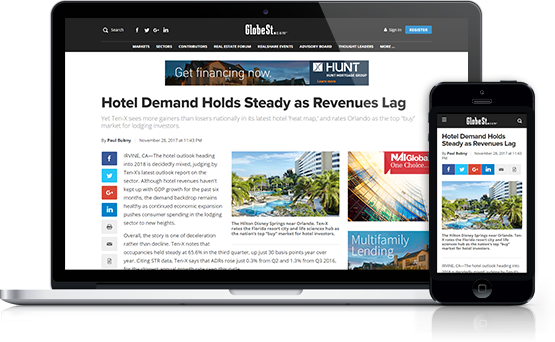AUSTIN, TX—The percentage of global city dwellers today is 55%, a number that is expected to increase to 68% by 2050. While urban migration patterns increase populations in metropolitan areas around the world, and cities become hubs of business, technology and culture, expansion is restricted by deteriorating infrastructure and declining surface capacity.
Urban areas are experiencing an evolution from the previous model of disjointed transportation and navigation to intelligent mobility systems. But, in this emerging environment, municipalities and owners/operators of legacy parking assets face myriad risks and opportunities. Operating a constantly changing system within stagnant city infrastructures means parking facility owners risk loss of business and revenue. Without the foundations to support growth in other parts of the transportation industry, outdated infrastructures will become obsolete. In addition, stagnation may come at great cost to the health and safety of urban society.
Recommended For You
Want to continue reading?
Become a Free ALM Digital Reader.
Once you are an ALM Digital Member, you’ll receive:
- Breaking commercial real estate news and analysis, on-site and via our newsletters and custom alerts
- Educational webcasts, white papers, and ebooks from industry thought leaders
- Critical coverage of the property casualty insurance and financial advisory markets on our other ALM sites, PropertyCasualty360 and ThinkAdvisor
Already have an account? Sign In Now
*May exclude premium content© 2025 ALM Global, LLC, All Rights Reserved. Request academic re-use from www.copyright.com. All other uses, submit a request to [email protected]. For more information visit Asset & Logo Licensing.









